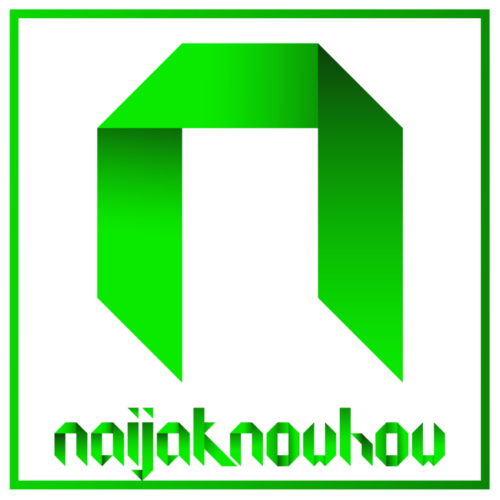What is IoT in Healthcare, and How Does it Work?
IoT broadly refers to the use of interconnected devices and sensors. They collect, store, and exchange data over the internet, allowing it to be accessed by whoever needs it — in this case, healthcare professionals and patients. This data can be used in many ways including in managing chronic conditions, monitoring patients, improving healthcare outcomes, and keeping healthcare costs low. IoT is transformative in the sense that it is allowing patients to be more involved in their care while giving healthcare professionals new tools and ways to enhance patient outcomes. Patients can be monitored and receive care wherever they may be thanks to the power and use of IoT, making healthcare available wherever the patient is.
Allowing Early Interventions for Better Outcomes
A major transformation in healthcare caused by IoT is in the early detection of certain conditions. Wearable health tech is now commonplace, collecting different types of data including activity level, blood pressure, heart rate and many others. These data points can be crucial in the early detection of health problems. Healthcare professionals can then start putting plans in place to curtail the development of these conditions. If they occur alongside other acute and chronic conditions, then doctors can make the necessary changes to a patient’s treatment plans to avoid future complications.
Improved Patient Monitoring
Telemedicine has been on the rise in recent years, with its potential and utility realised after its integration with IoT. Telemedicine avails numerous opportunities for expanded patient monitoring which then provides new opportunities for healthcare and patient outcome improvements. This includes wireless technologies and IoT sensors equipped with an IoT chip to set up sophisticated monitoring for patients who need it, as well as those who are at the most risk. Doing this makes healthcare and medical services more accessible to mobility-impaired and elderly patients. These are the people who struggle most to obtain the healthcare resources they need, including access to doctors and other healthcare professionals through appointments.
Making Virtual Consultations More Productive
In addition to making healthcare more accessible, telemedicine also makes virtual consultations possible. IoT can also come in to make these consultations more productive. How? Healthcare professionals can use IoT to collect and receive patient data before and during these consultations. This allows them to better assess where their parents are regarding their healthcare, how they are faring and what interventions are required if any.
The Internet of Things Can Make Healthcare More Affordable
Another impact of the use of IoT in healthcare is the role it plays in helping reduce the cost of healthcare. These sensors and devices can reduce or, in some cases, eliminate the need for invasive procedures that are typically very expensive. The data collected using IoT devices are also helping healthcare facilities improve the efficiency of their healthcare service delivery. This data is used to identify areas of inefficiency so that the administration can make the necessary changes. These changes then end up saving the facility money, with these savings then passed to patients to keep healthcare costs low.
Tailoring Patient Health Care
Even in cases where patients have the same symptoms, ailments and conditions, their management can vary greatly depending on numerous factors. Personalization of care is critical for ensuring every patient receives the best care and has the best outcomes. The data collected using IoT devices and sensors can be essential in helping healthcare professionals tailor treatment plans and provide personalized care. This personalized approach which is becoming widely adopted, ensures patients receive the best care and therefore better patient outcomes. Additionally, it can help keep healthcare costs down and reduce the length of hospital stays because highly-targeted treatments can lead to faster recovery. Our world is becoming increasingly connected, and Internet of Things devices and sensors are a significant part of it. Their use in healthcare has numerous benefits that make it one of the most transformative forces in the industry in a long time.




